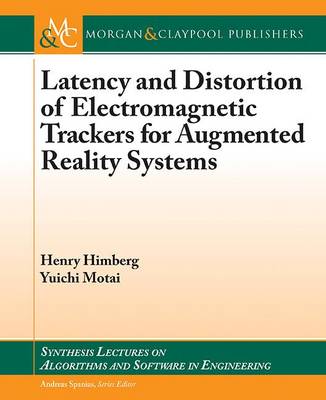Augmented reality (AR) systems are often used to superimpose virtual objects or information on a scene to improve situational awareness. Delays in the display system or inaccurate registration of objects destroy the sense of immersion a user experiences when using AR systems. AC electromagnetic trackers are ideal for these applications when combined with head orientation prediction to compensate for display system delays. Unfortunately, these trackers do not perform well in environments that contain conductive or ferrous materials due to magnetic field distortion without expensive calibration techniques. In our work we focus on both the prediction and distortion compensation aspects of this application, developing a ""small footprint"" predictive filter for display lag compensation and a simplified calibration system for AC magnetic trackers.
In the first phase of our study we presented a novel method of tracking angular head velocity from quaternion orientation using an Extended Kalman Filter in both single model (DQEKF) and multiple model (MMDQ) implementations. In the second phase of our work we have developed a new method of mapping the magnetic field generated by the tracker without high precision measurement equipment. This method uses simple fixtures with multiple sensors in a rigid geometry to collect magnetic field data in the tracking volume. We have developed a new algorithm to process the collected data and generate a map of the magnetic field distortion that can be used to compensate distorted measurement data.
- ISBN10 1627055088
- ISBN13 9781627055086
- Publish Date 1 May 2014
- Publish Status Active
- Imprint Morgan & Claypool
- Format eBook
- Pages 189
- Language English
